You’ve found the perfect audition monologue. It’s everything you need to land the starring role. Now what? Rehearsing a monologue is very different than working on a scene, and sometimes it can feel like you’re adrift at sea just practicing saying the words and hoping they sound good. Whether you’re out to be the next Danny Zuko, Regina George, or Christopher Boone, I’ll give you some sure-fire ways to rehearse your monologue methodically for a stand-out audition.
Know the Context
It’s always best to get a monologue from a published play or musical instead of a stand-alone monologue online or in a book. That way, you can read the entire script and get as much information about the character and their circumstances as possible. That gives you lots of creative fuel as you start rehearsing and making performance choices about the monologue. At the very least, know who your character is talking to, what their relationship to that character is like, and why they’re saying what they’re saying. Having the full script also lets you understand the monologue in the context of the entire play.
- Where in the play is this monologue?
- Why is your character speaking now instead of earlier or later?
- Who, if anyone, is your character onstage with?
- What is their emotional status at this point in the play?
Know It Backwards and Forwards
Memorization is the grunt work of acting, but it’s also the building block. You can’t start to rehearse your monologue until you know it so well that you can recite it like your own address. How you go about memorization is entirely up to you. Reading it aloud and breaking the text up into smaller segments is a great way to start. Perhaps you favor repetition or you prefer a visual tactic, such as sticking up copies around your room/apartment etc. It’s an entirely individual process.
Once you can go through your entire monologue without thinking about the lines, you’re ready to start rehearsing. Remember: rehearsing the monologue starts when you’ve learned the lines, it doesn’t end there!
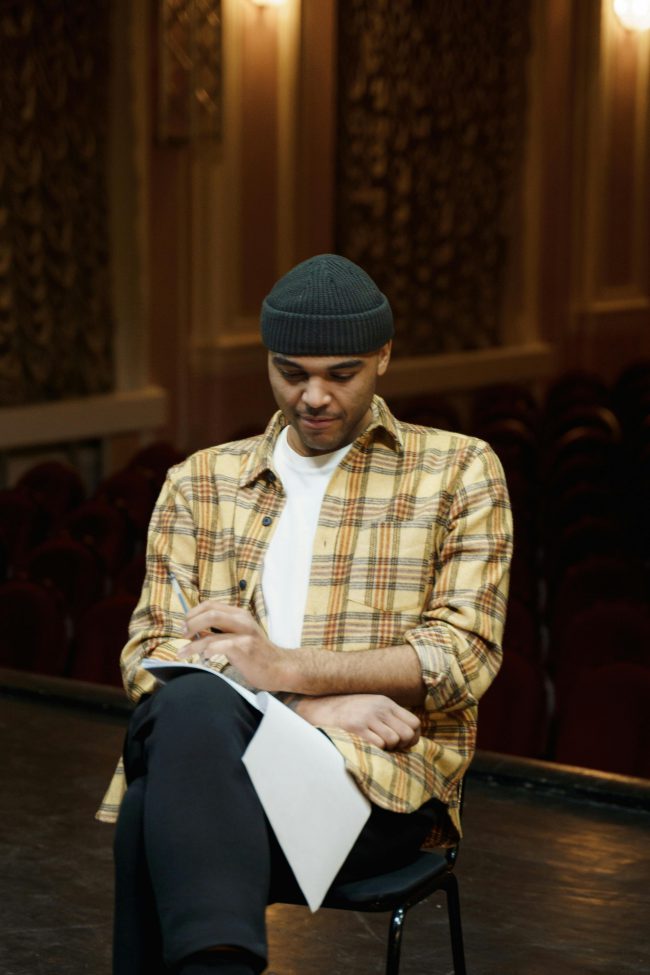
Break It Down
Once you have your lines down, it’s time to do some basic analysis of the monologue. First, decide what your character most needs or wants in the monologue. In other words, what are they trying to accomplish by saying what they’re saying? Then, break the monologue into smaller sections based on when there is a shift in topic, thought, or tone. For each section, determine a tactic, or what the character does to get what they want. Think in terms of verbs, like “beg” or “flatter.” Check out our blog on actions and tactics for more on this. Here is where you can really start to play around—don’t just settle for the first tactic you come up with. Experiment with doing the monologue using a variety of tactics and see where it takes you.
Pop the Top
You only get a short amount of time to make a good impression. A great way to deliver a memorable monologue is to start strong right out of the gate by “popping the top”. To pop the top of your monologue, make a strong vocal, physical, or emotional choice right at the beginning. You don’t want to do something just for the sake of doing it if the monologue doesn’t call for it. But by starting strong, you can instantly capture the casting director’s attention and give yourself fuel to carry you through the rest of the monologue.
Time Yourself
It’s important to fully understand the audition requirements, especially if there’s a specific time limit. Going over time is generally an audition no-no. You may even get stopped at the time limit with a polite “thank you.” So, be sure to time your monologue as you rehearse it. I always give myself about a 10-second buffer, so if the time limit is 60 seconds, I don’t want my monologue to be longer than 50 seconds. With auditions, less is often more anyway. Just because the limit is 60 seconds doesn’t mean you need to fill up the entire time. Most directors don’t need more than about 30 seconds to get a good sense of who you are as an actor and whether to call you back.
Practice How You Perform
Practice your monologue the way you want to perform it. Running through it in your head can help you retain lines, but that’s not rehearsing! Rehearse your monologue as if you’re doing it for an actual audition every time. Consider performing it in front of a few people and getting some feedback. If nothing else, it’s a good way to get comfortable doing it for an audience and working on zoning them out. You can also videotape yourself and watch it back to get a sense of how you’re coming across. Look out for habits many actors have: swaying, unnecessary pacing, or fidgeting.
Don’t let a monologue overwhelm you! Being methodical as you rehearse will give you a road map towards a polished and memorable audition.

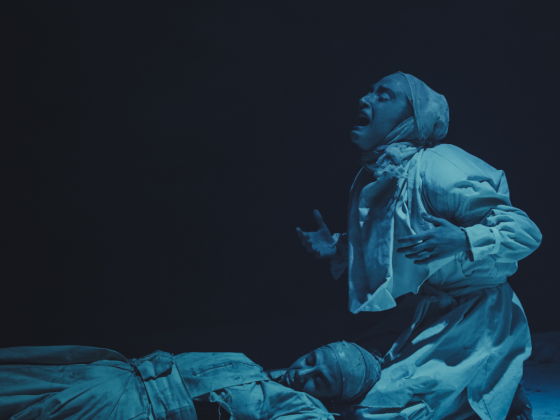

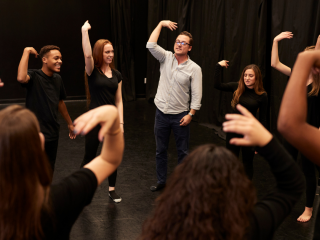




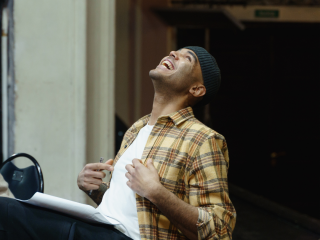

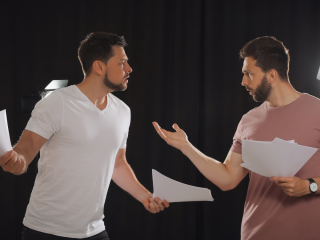




1 comment
Short, concise, helpful. Thanks so much!